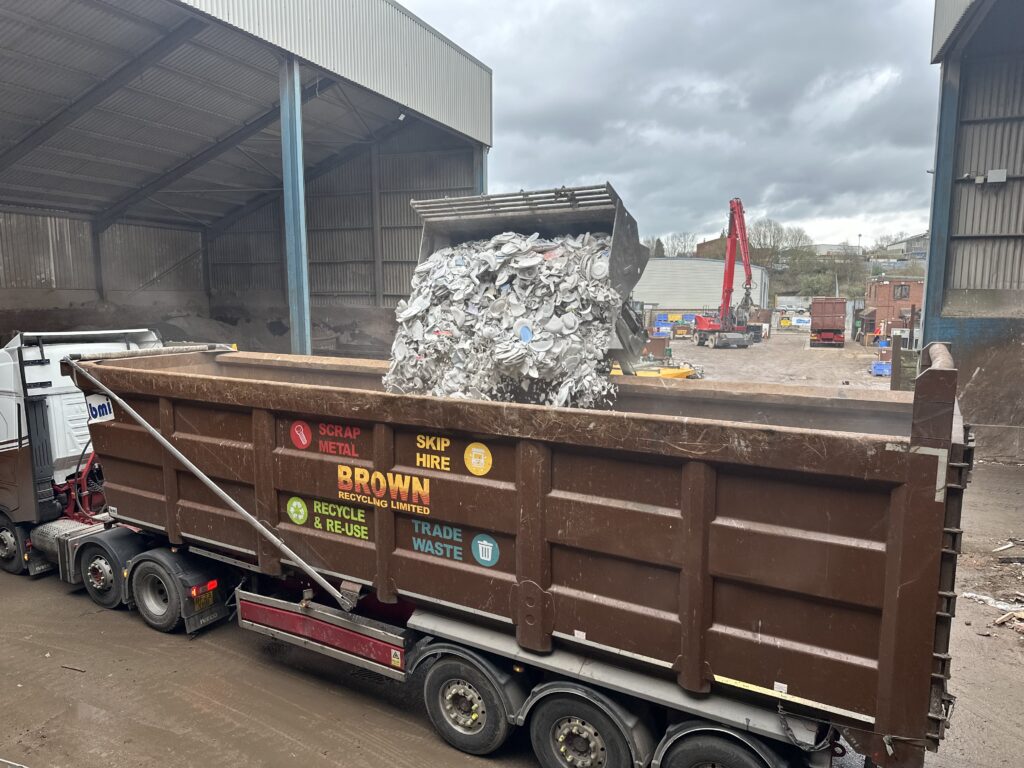Results out today from DEFRA’s Municipal Waste Management Survey for England covering the 2000-2001 period, reveals the tonnage of waste being landfilled had slightly increased from 21.9million tonnes in 1999 – 2000 to 22.1 million tonnes in 2000-2001. The amount of municipal waste gathered that could be recycled, recovered, composted, used for energy recovery and RDF manufacture has also increased by 0.5million for this period.
Overall, the total amount of municipal waste collected in 2000-2001 was 28.2 million tonnes, which is up from 27.4million tonnes in 1999-2000. This represents an increase of nearly 3%. A lesser increase in the amount of this waste collected for recycling revealed a rise of just 0.7% – up from 1999-2000 of 2.5million tonnes to 2000-2001 up from 1999-2000 figures of 2.8million tonnes.
Kerbside
The proportion of kerbside collection schemes introduced in England has increased from 48% to 51% for the same period, although the actual amount of recyclables collected through such schemes has increased significantly by 14% to 818 thousand tonnes in 2000-2001.Almost all of these were local authority schemes.
In 2000-2001 paper and card accounted for almost a third of all waste collected for recycling at 0.9million tonnes, representing almost a third of all waste collected for recycling. The next most common materials were compostable wastes, representing 29% of waste for recycling collected at 0.8million tonnes and glass at 0.4million tonnes, which represented 14%.
Regional variations
Landfill remained the dominant waste management option in all regions during 2000-2001, with the highest proportion of waste being disposed in this way being in the North West with 90% and the lowest being in the West Midlands at 58%.
Regional recycling was highest in the South East at 16.4% with Humber gaining the lowest rates with 7.2%.
Summary
In conclusion, the results reveal a steady and slight increase in recycling, composting, energy recovery and the amount of waste send collected for recycling from civic amenity sites – which has increased by 9%.
Despite the overall increase in the tonnage of municipal waste being sent to landfill, the proportion of municipal waste disposed this way had decreased by 2%.
A spokesperson for DEFRA said he was not suprised by any of the results. He said: “DEFRA is not surprised by the key results in the survey as they are similar to those in the first release in April. The reason for the increase is that the country continues to produce more and more rubbish.”
A significant increase in the amount of waste collected through kerbside collection schemes could correspond to either more participation or awareness of such schemes as well as an increase in their numbers.











Subscribe for free